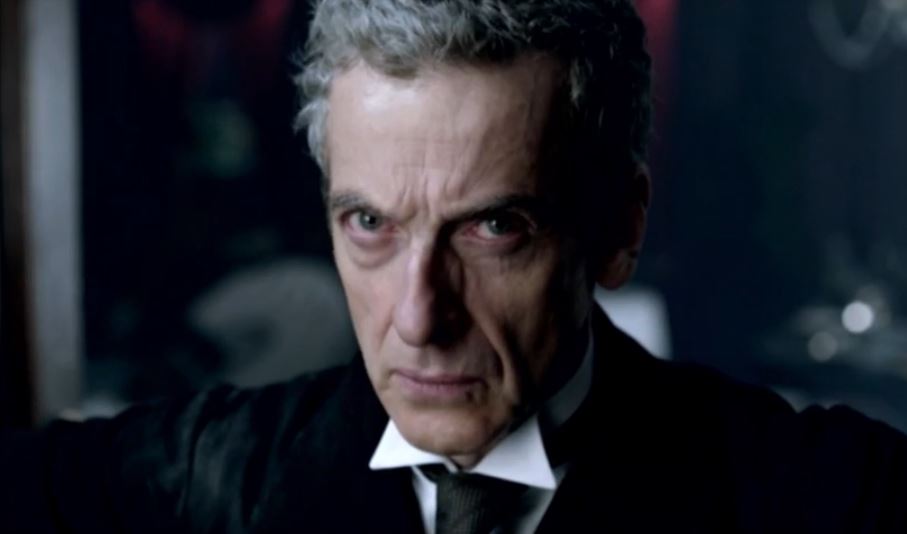Firstly, there’s this year’s Christmas Special to Review. The episode is titled The Husbands of River Song and, as the name suggests, it features Alex Kingston’s return as the eponymous Professor. The episode also guest stars Matt Lucas (Little Britain, Shooting Stars, Alice in Wonderland, Casanova) and Greg Davies (The Inbetweeners, Mock The Week, Man Down, Cuckoo). The special also features actor Phillip Rhys (CSI, The Adventures of Tintin) and according to IMDB.com, the ever-welcome Michelle Gomez will be returning as Missy. So that’s my Christmas evening sorted!
So, onwards to next year, a few days back, the news broke that Steven Moffat was bringing two new “brilliant, prominent and amazing†writers into the Doctor Who fold, however Mr. Moffat himself was characteristically tight-lipped regarding their actual identities. He did say, however, that neither of the new writers had written for the programme before, “If I told you their names†promised the series boss “Your brain would explode!†If this isn’t hyperbole on Moffat’s part, then that suggests that Series 10 will feature contributions from at least two heavyweight writing talents, in addition to Moffat himself.
My mind immediately turns to J.K Rowling, purely because Moffat is such a fan and she was considered as a guest star for the show during the Russell T. Davies era, but that seems extremely unlikely. Still, you’d have to wonder what a Doctor Who episode written by the author of the Harry Potter series might be like...
On the subject of Series 10, the exact filming dates are still unconfirmed, with some fans speculating that we’ll only see a few specials, rather than a full series, next year.

For his part, Peter Capaldi has gone on record to say that, not only will he be staying put in the role for the foreseeable future (yay!), but also that we’ll definitely be seeing more from his Doctor in the new year.
He told Doctor Who Magazine that, “I’m amazed that people ask me all the time, when I am going? It makes you feel very unwelcome! Please, when are you leaving? Or…someone said this morning; You’re only doing six episodes next year because you’re too tired? I don’t know where they’ve made this stuff up from. Six episodes?! That’s not what I’m contracted to do. (...) And I would do 20 episodes if they let me. I could do Doctor Who all the year round, quite happily.â€
Capaldi’s much-vaunted enthusiasm for the role, both on screen and off, hasn’t diminished even a little bit, despite the fact that he visibly winced at the notion of filming two series per year at a recent Q&A session.
Back in November, the 57-year-old actor discussed the demands of filming Doctor Who saying that although he finds the job tiring, he still loves it. “If I did have an ambition it would be not to regenerate for a while.†He said.
I, for one, certainly hope he stays true to his word.
